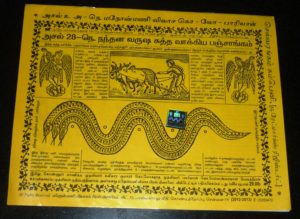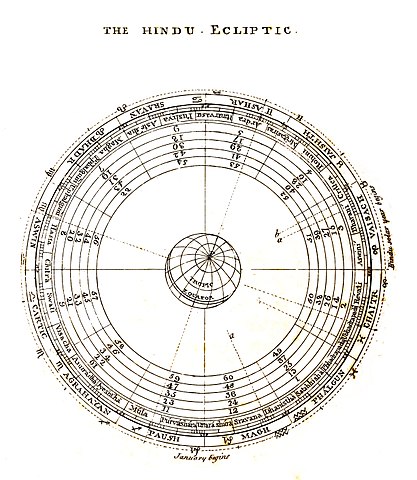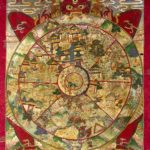There are myriad ways to classify days and months using a calendar. The Hindu calendar is considered as most comprehensive in describing the movement of planets, and the effects of the same on living beings on the earth. We seldom realize that the quality of human intellect depends on the distance of the Sun, Moon and the Earth, as documented by historians and scientists. This feature is elaborately emphasized in the Hindu Almanac. This is reason enough to incorporate eth calendar in our lives for a planned and successful livelihood.
The fact that the earth revolves around the Sun, and the Moon revolves around the earth gives rise to many possibilities in the variation of weather and sunlight on the face of the earth. These changes affect every person differently because the energy level and life events of each person depend on the day and time of his birth (the planetary positions during birth) and they continue to affect him all his life. The Hindu calendar gives a very complete description of time using 5 factors called the ‘Panchangam’.
 The Panchangam essentially consists of five parts of the day, viz., the name of the day, the tithi of the day, the star of the day or the nakshatram, the yogam of the day – related to sunrise, and the karanam of the day related to sunrise again. These descriptions are powerful enough to accommodate all variations in the planetary positions and hence capable of predicting which day and time is most suited for a particular person to start a venture, or avoid decision making, or even warn him of good or bad health.
The Panchangam essentially consists of five parts of the day, viz., the name of the day, the tithi of the day, the star of the day or the nakshatram, the yogam of the day – related to sunrise, and the karanam of the day related to sunrise again. These descriptions are powerful enough to accommodate all variations in the planetary positions and hence capable of predicting which day and time is most suited for a particular person to start a venture, or avoid decision making, or even warn him of good or bad health.
The Panchangam consultation is especially sought after for matching horoscopes of the bride and the groom to be. It is very similar to star sign compatibility done using the Western Almanac. But the difference is that in the case of the Panchangam, 36 factors of compatibility in terms of the planetary, Sun and Moon positions is calculated for a score from 1 to 36.
The Hindu calendar is based on the Luno-solar calendar.
The month commences depending on the occurrence of the new moon before sunrise of the day. There are 12 lunar months. Determining which name a lunar month takes is somewhat indirect. It is based on the rshi into which the sun transits within a lunar month, i.e. before the new moon ending the month. The Hindu calendar has accommodated dates up to 4,32,000 years. It also accounts for the fact that the Sun is revolving around another Giant star.
In conclusion, it is evident that the Hindu calendar is highly scientific and accommodative to the personalization of predictions. Every person can use the Hindu calendar to suit his natal chart and emerge with flying colors by timing the important events and decisions in his life.






